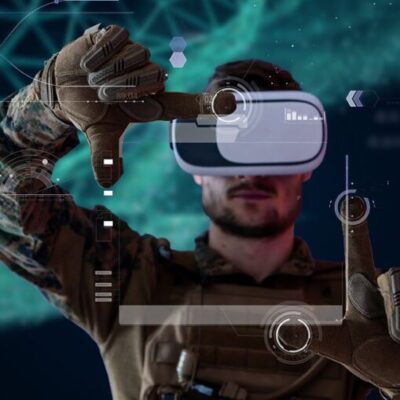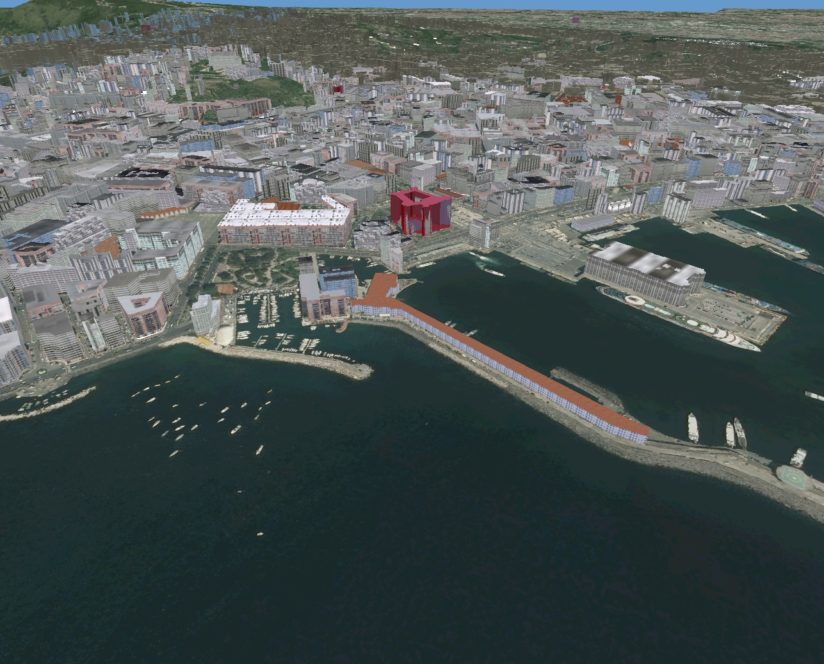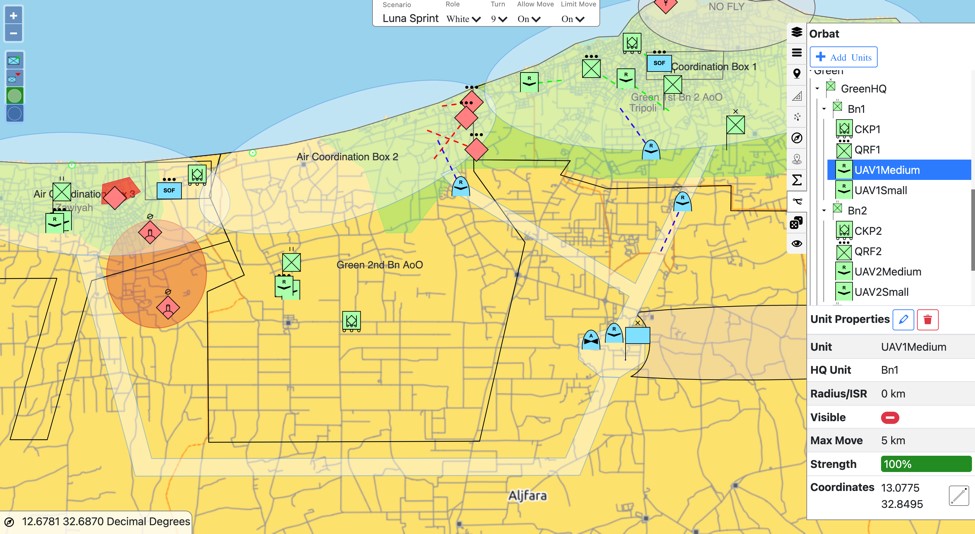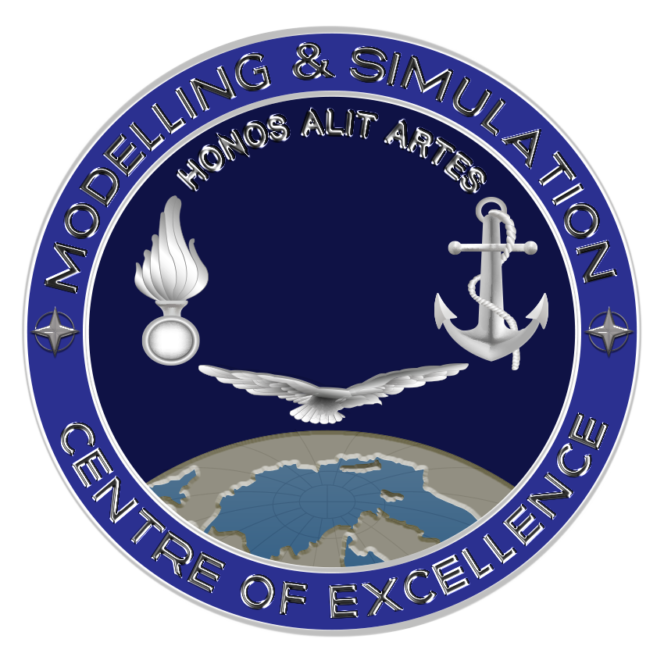Modelling and Simulation take Key Role in Warfare

NATO decision-makers must prepare to react quickly, decisively, and effectively to ever more demanding challenges and events. Modelling and simulation, in combination with technologies such as data analytics and artificial intelligence, help NATO to prepare and support decision-makers and staff to manage complexity, assess risks, and evaluate options in the multifaceted security environment.
The benefits of modelling and simulation are numerous, providing risk free experimentation, education and training, exploration of alternatives, dynamic visualization of political, military, economic, social, informational, and infrastructure environments. Allied Command Transformation (ACT) is focusing modelling an simulation on overcoming lagging support for customer needs, stove piped approaches, lack of interoperability, and data exchange between national and NATO systems. Overcoming these challenges is crucial to assisted decision-making, defense planning, operations planning, mission rehearsal, education, training, exercises, wargaming, analytical studies, and lessons learned. ACT is committed to providing user applications and user-centric design and implementation using modelling and simulation. Today and in coming years ACT will ensure interoperability within the Alliance implementing a data centric approach to modelling and simulation.
Enterprise and top-down demand for modelling and simulation is increasing. ACT innovation processes are used to explore user needs. Modelling and simulation is being used to support strategic studies and concepts such as Multi-Domain Operations. ACT is also investigating implementation of the future NATO persistent parallel synthetic environment. Simulations continue to enhance NATO wargames and analysis activities.
Data analytics and artificial intelligence will augment these initiatives to support political consensus making and military decision-making at all levels. ACT is advancing two related capability programs: strategic, political, and military assisted decision-making, and next generation modelling and simulation. Through these efforts, the Alliance will continue to evolve and improve its ability to support the warfighter and maintain the strategic edge.
The NATO Modelling and Simulation Centre of Excellence is an international source of expertise dedicated to support the Digital Transformation of the Alliance providing M&S capabilities through the four pillars of the Transformation: Education and Training, Lessons Learned and Analysis, Concept Development and Experimentation, Doctrine Development and Standardization. The M&S COE is a catalyst for the NATO transformation promoting cooperation, sharing of specialized expertise, and contributing to the development of new M&S concepts and capabilities.
+++++++++++++
The NATO Modelling & Simulation Centre of Excellence is dedicated to the promotion of Modelling & Simulation in support of operational requirements, training and interoperability. The Centre act as a catalyst for transformation through the involvement of NATO, governments, academia, industry, operational and training entities, by improving the networking of NATO and nationally owned Modelling & Simulation systems, the cooperation between Nations and organizations through the sharing of Modelling & Simulation information and developments and serving as an international source of expertise for transformation in the related domain. https://www.mscoe.org
NATO Centres of Excellence are nationally or multi-nationally funded institutions accredited by NATO. They train and educate leaders and specialists from NATO member and partner countries, assist in doctrine development, identify lessons learned, improve interoperability and capabilities, and test and validate concepts through experimentation. They offer recognized expertise and experience that is of benefit to the Alliance and support the transformation of NATO, while avoiding the duplication of assets, resources and capabilities already present within the NATO command structure. Although not part of the NATO command structure, they are part of a wider framework supporting NATO Command Arrangements. [source https://www.act.nato.int/centres-of-excellence]






 NATO
NATO